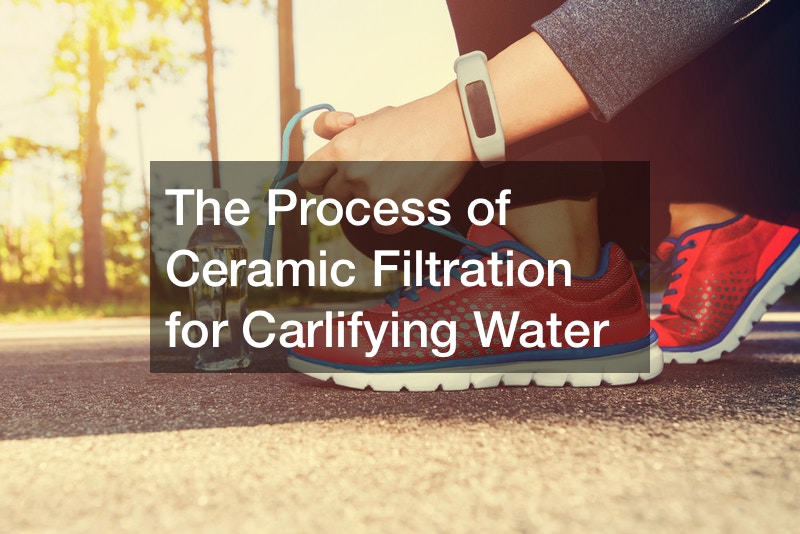The Process of Ceramic Filtration for Carlifying Water

The ceramic filtration process is a unique method that’s remarkably effective in clarifying contaminated and impure water for use. The YouTube video “Ceramic Membrane Filtration System” delves into the underlying steps that the process entails.
The first major step in the process is wastewater collection. Wastewater is filtrated, collected in a tank, and pumped through a venting valve by a feed pump to the bad filter. The bad filter removes conspicuous particles and fibers and passes the filtrated liquid to the membrane skin.
The circulation pump is started once the venting valve is closed. The circulation pump causes the liquid to flow at high velocity through the membrane layer into the permeation tank. The membrane layer separates the water and dissolved components from bacteria, oil, and suspended solids. The contaminants–collectively referred to as the retentate–are pumped back into the feed tank.
To reduce product loss, freshwater is sometimes added to the retentate for diafiltration. After the completion of diafiltration, the liquid is concentrated to the set point, after which the machine is stopped. The ceramic water filtration membrane technology setup is then cleaned using hot water and a select group of chemicals to prepare it for another round of filtration.
.







